Description
Enrich your wardrobe with this elegant design on a Champion t-shirt that has the brand logo embroidered on the left sleeve. The 100% cotton fabric and deep armholes are sure to make it your favorite tee.
• 100% cotton
• Oxford Grey Heather is 90% cotton, 10% polyester
• Fabric weight: 7 oz/yd² (237.3 g/m²)
• 1″ (2.5 cm) bound ribbed crew neck
• Deep armholes for ease and mobility
• Double-needle stitching on sleeves and bottom hem
• Champion “C” logo patch on the left sleeve
• Blank product sourced from Honduras
“Iran (English: /ɪˈrɑːn, -ræn, aɪ-/; Persian: ایران Irân [ʔiːˈɾɒːn] (listen)), officially the Islamic Republic of Iran[a] and also called Persia (/ˈpɜːrʒə/), is a country in Western Asia. It is bordered by Iraq and Turkey to the west, by Azerbaijan and Armenia to the northwest, by the Caspian Sea and Turkmenistan to the north, by Afghanistan and Pakistan to the east, and by the Gulf of Oman and the Persian Gulf to the south. It covers an area of 1,648,195 km2 (636,372 sq mi), making it the fourth-largest country entirely in Asia and the second-largest country in Western Asia behind Saudi Arabia. Iran has a population of 85 million, making it the 17th-most populous country in the world, and the second-largest in the Middle East.[15] Its largest cities, in descending order, are the capital Tehran, Mashhad, Isfahan, Karaj, Shiraz, and Tabriz.
The country is home to one of the world’s oldest civilizations, beginning with the formation of the Elamite kingdoms in the fourth millennium BC. It was first unified by the Medes, an ancient Iranian people, in the seventh century BC,[18] and reached its territorial height in the sixth century BC, when Cyrus the Great founded the Achaemenid Persian Empire, which became one of the largest empires in history. The Achaemenid Empire fell to Alexander the Great in the fourth century BC and was subsequently divided into several Hellenistic states. An Iranian rebellion established the Parthian Empire in the third century BC, which was succeeded in the third century AD by the Sassanid Empire, a major world power for the next four centuries. Arab Muslims conquered the empire in the seventh century AD, which led to the Islamization of Iran. It subsequently became a major center of Islamic culture and learning, with its art, literature, philosophy, and architecture spreading across the Muslim world and beyond during the Islamic Golden Age. Over the next two centuries, a series of native Iranian Muslim dynasties emerged before the Seljuk Turks and the Mongols conquered the region. In the 15th century, the native Safavids re-established a unified Iranian state and national identity,[4] and converted the country to Shia Islam. Under the reign of Nader Shah in the 18th century, Iran once again became a major world power, though by the 19th century, a series of conflicts with the Russian Empire led to significant territorial losses. The early 20th century saw the Persian Constitutional Revolution. Efforts to nationalize its fossil fuel supply from Western companies led to an Anglo-American coup in 1953, which resulted in greater autocratic rule under Mohammad Reza Pahlavi and growing Western political influence. He went on to launch a far-reaching series of reforms in 1963. After the Iranian Revolution, the current Islamic Republic was established in 1979 by Ruhollah Khomeini, who became the country’s first Supreme Leader.
The government of Iran is an Islamic theocracy that includes some elements of a presidential system, with the ultimate authority vested in an autocratic “Supreme Leader”; a position held by Ali Khamenei since Khomeini’s death in 1989. The Iranian government is widely considered to be authoritarian, and has attracted widespread criticism for its significant constraints and abuses against human rights and civil liberties, including several violent suppressions of mass protests, unfair elections, and limited rights for women and for children. It is also a focal point for Shia Islam within the Middle East, countering the long-existing Arab and Sunni hegemony within the region. Since the Iranian Revolution, the country is widely considered to be the largest adversary of Israel and also of Saudi Arabia. Iran is also considered to be one of the biggest players within Middle Eastern affairs, with its government being involved both directly and indirectly in the majority of modern Middle Eastern conflicts.
Iran is a regional and middle power, with a geopolitically strategic location in the Asian continent. It is a founding member of the United Nations, the ECO, the OIC, and the OPEC. It has large reserves of fossil fuels—including the second-largest natural gas supply and the fourth-largest proven oil reserves. The country’s rich cultural legacy is reflected in part by its 26 UNESCO World Heritage Sites. Historically a multi-ethnic country, Iran remains a pluralistic society comprising numerous ethnic, linguistic, and religious groups, with the largest of these being Persians, Azeris, Kurds, Mazandaranis, and Lurs.”
Source : https://en.wikipedia.org/wiki/Iran
This product is made especially for you as soon as you place an order, which is why it takes us a bit longer to deliver it to you. Making products on demand instead of in bulk helps reduce overproduction, so thank you for making thoughtful purchasing decisions!


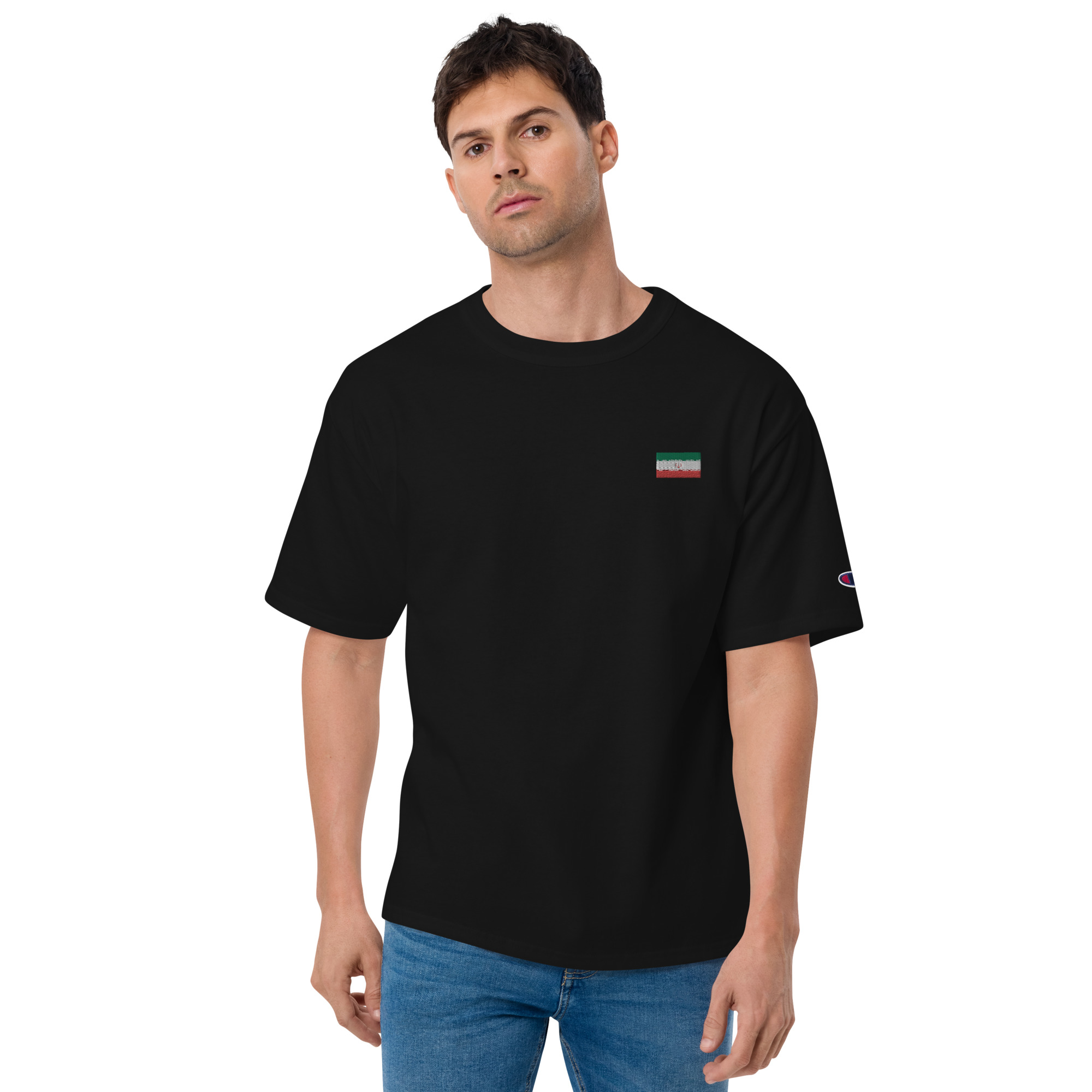
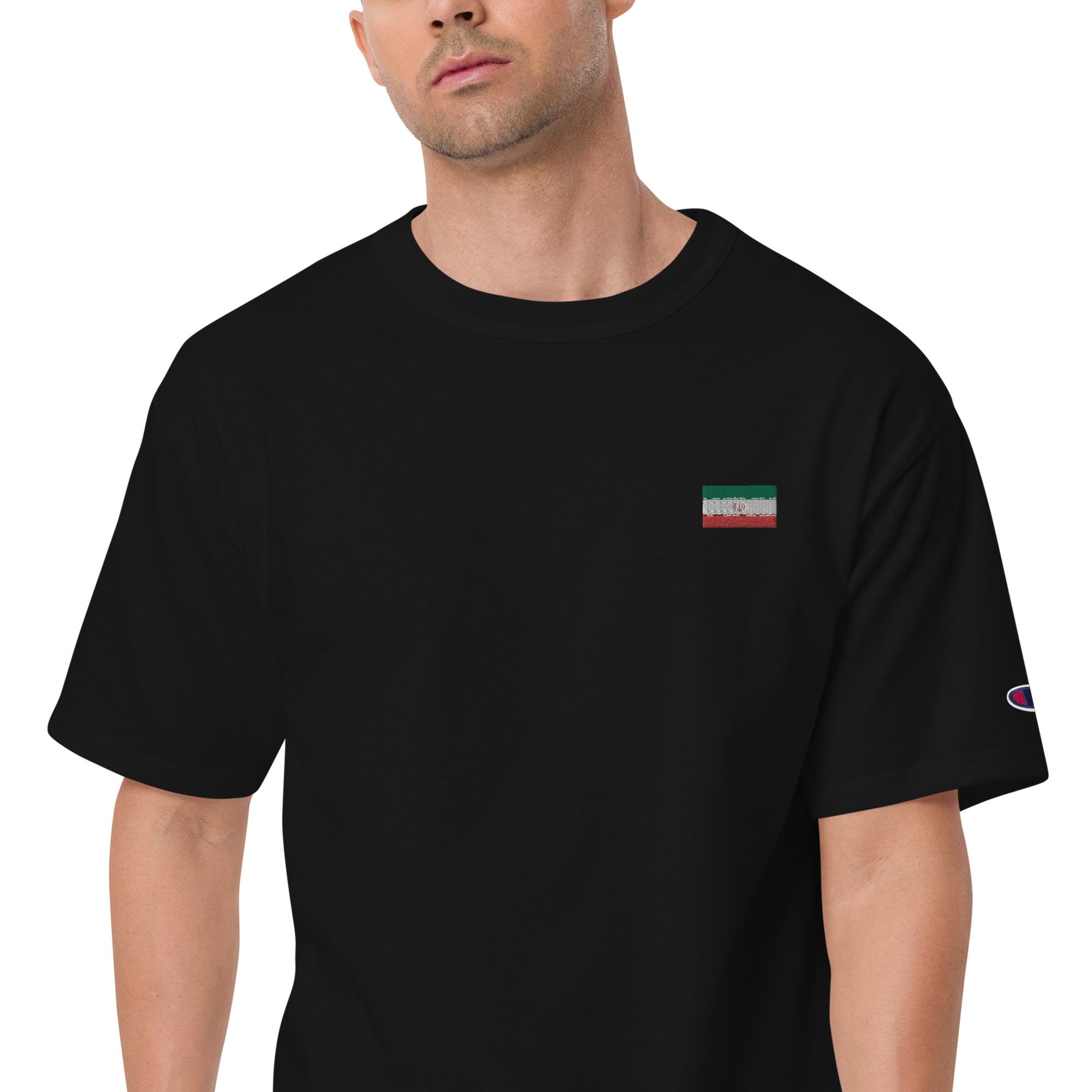
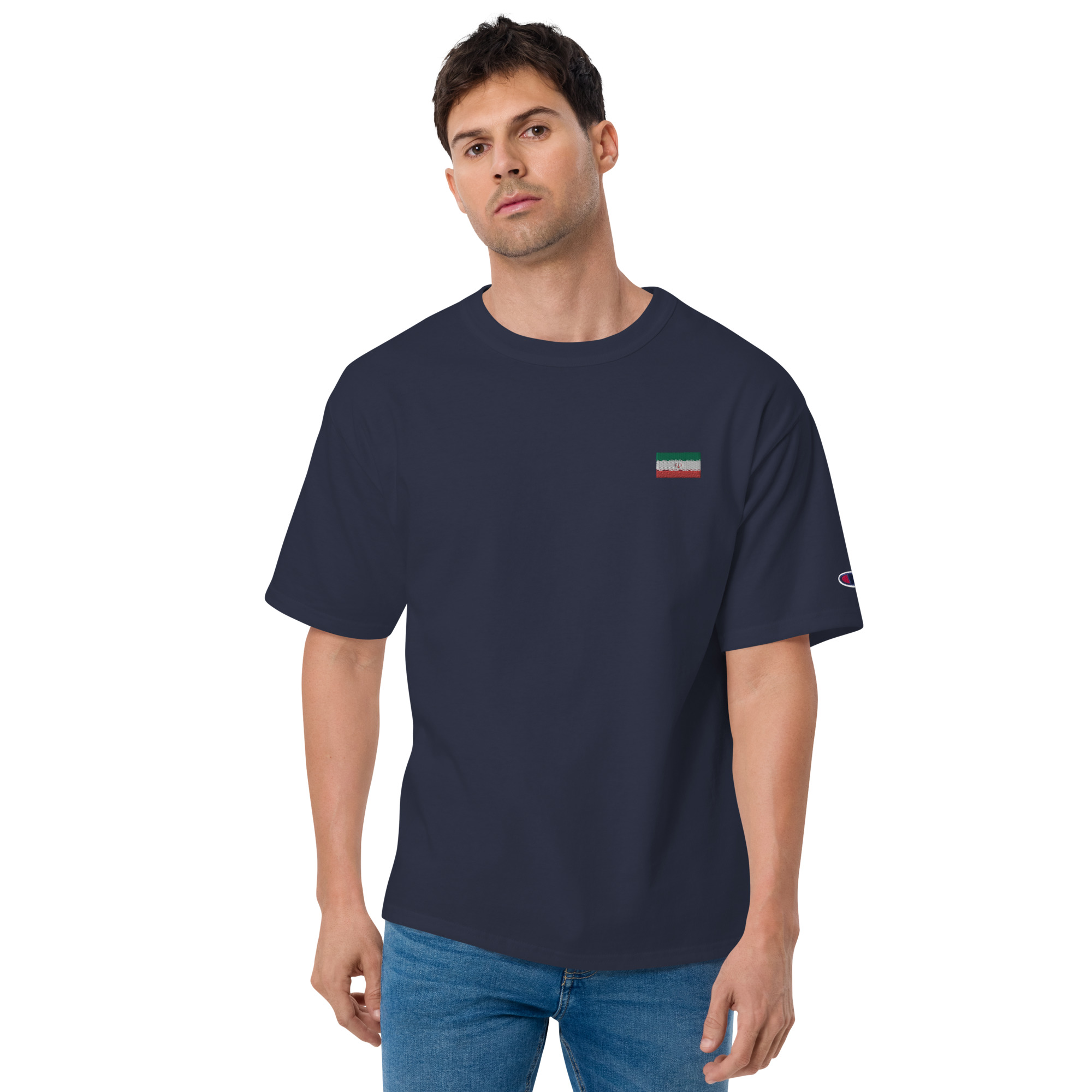
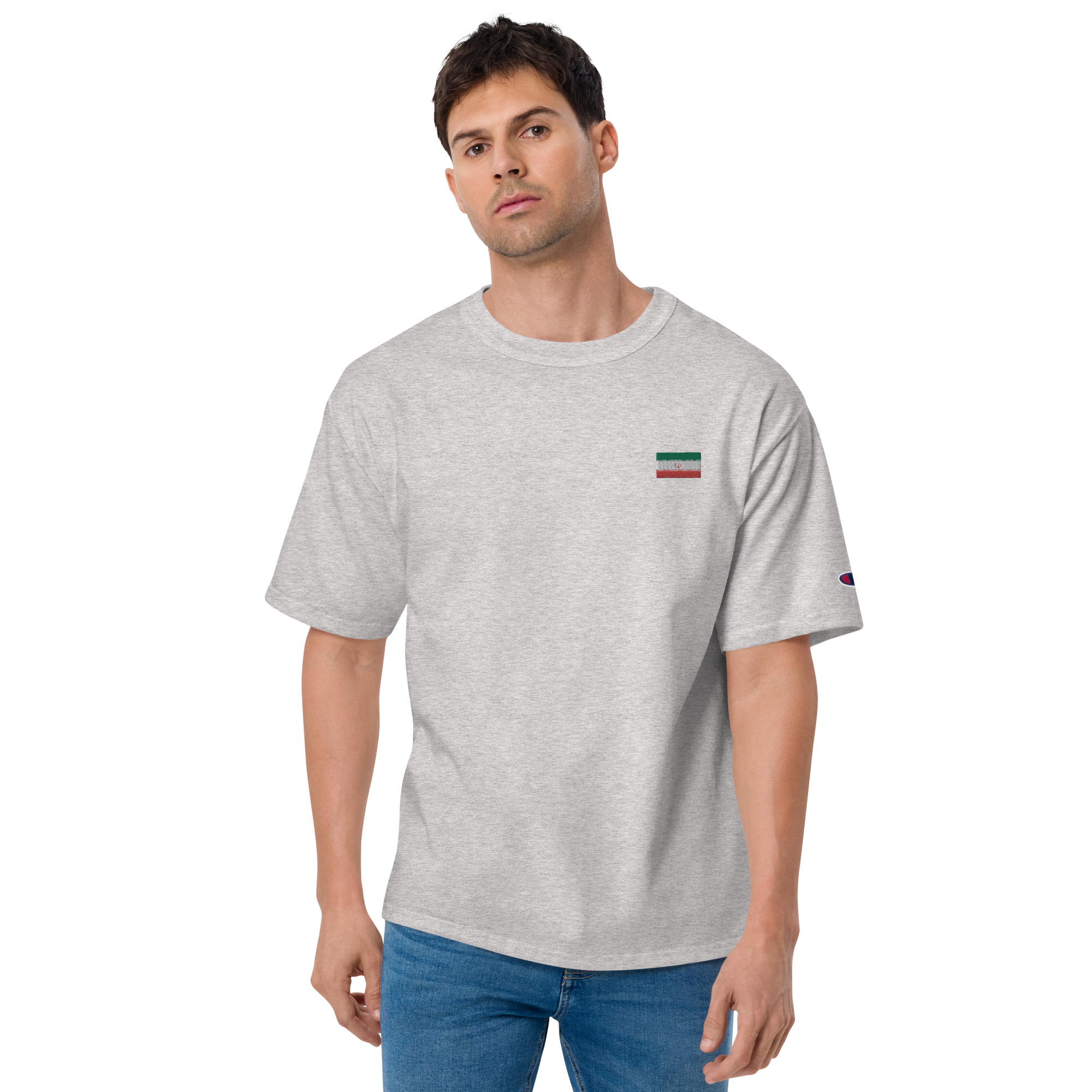
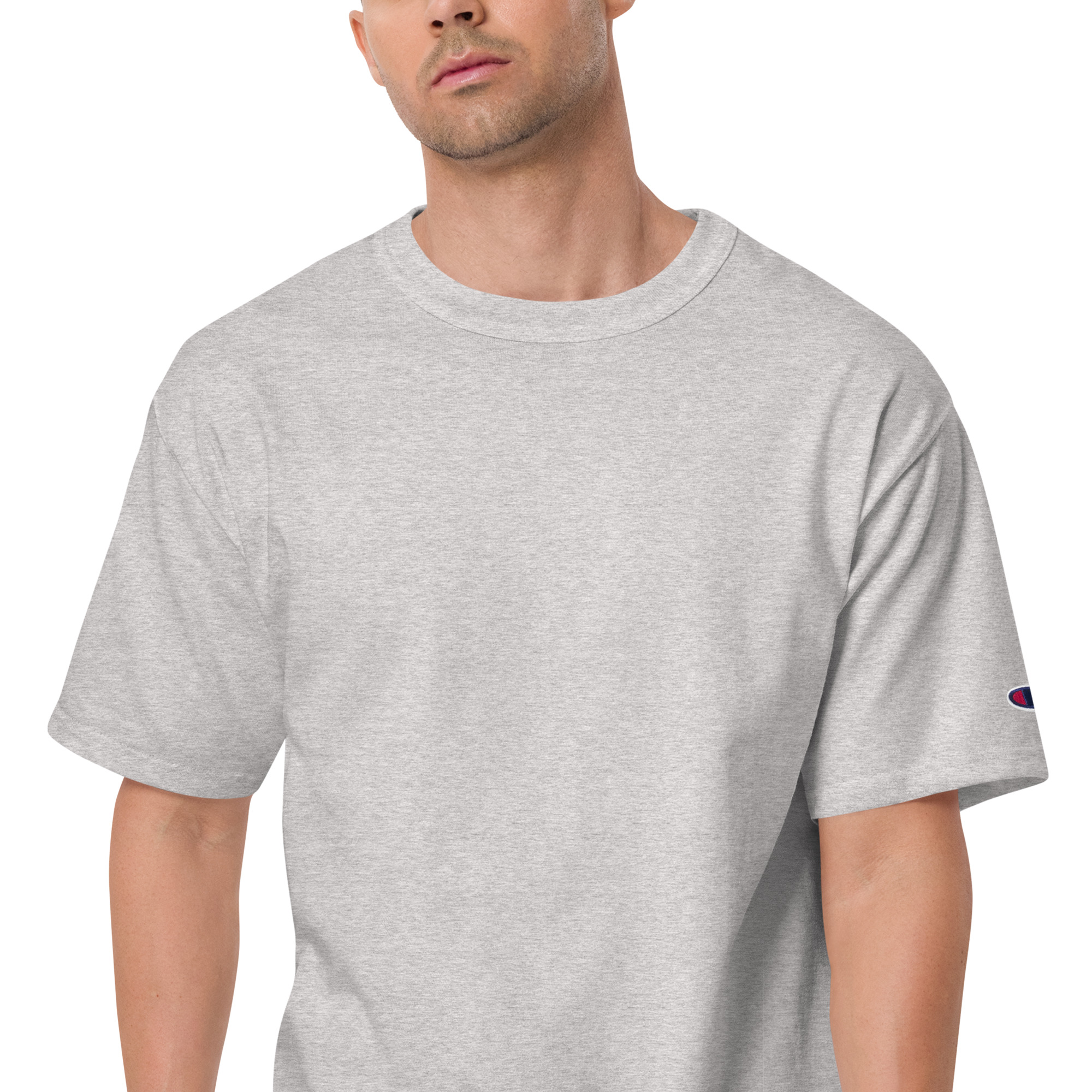
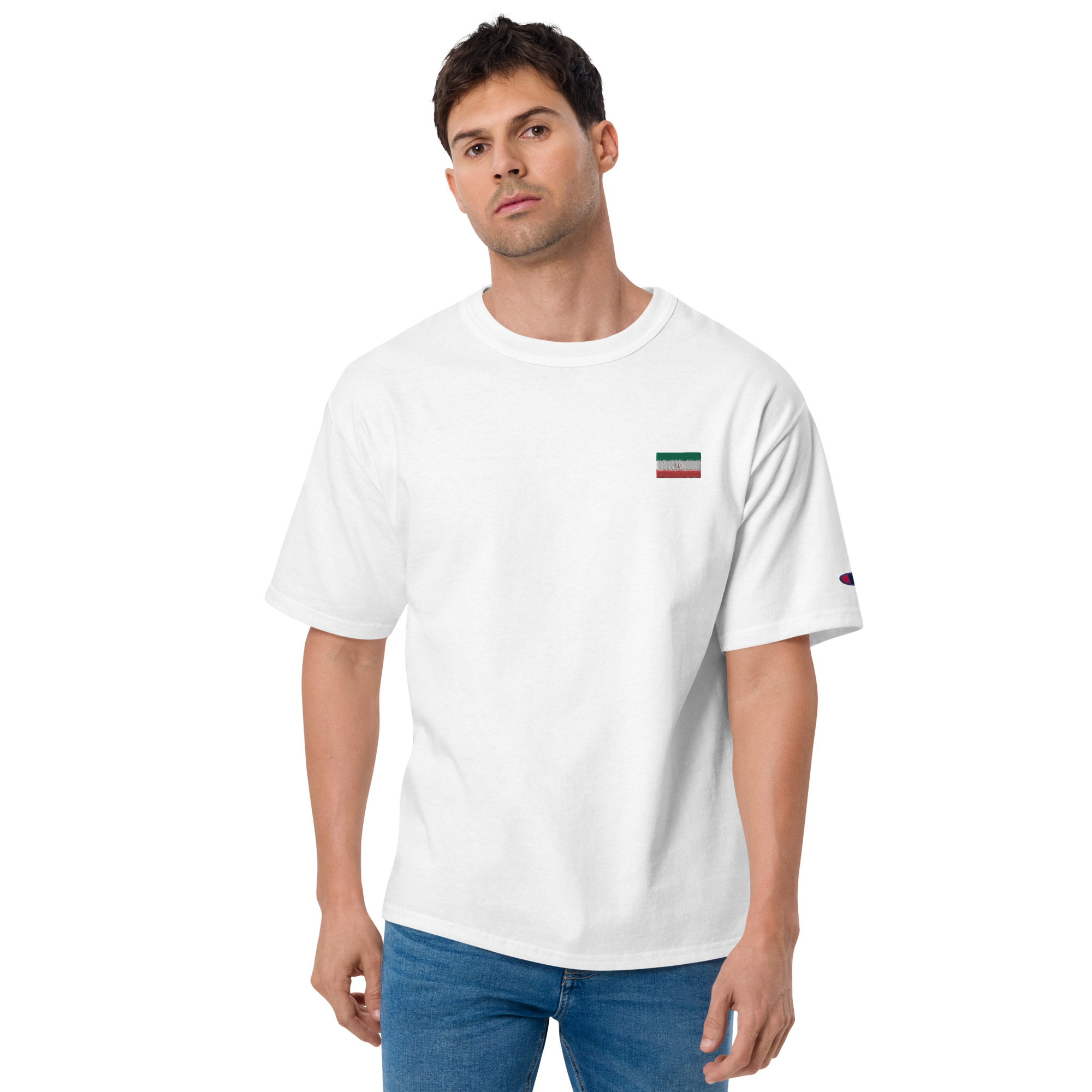
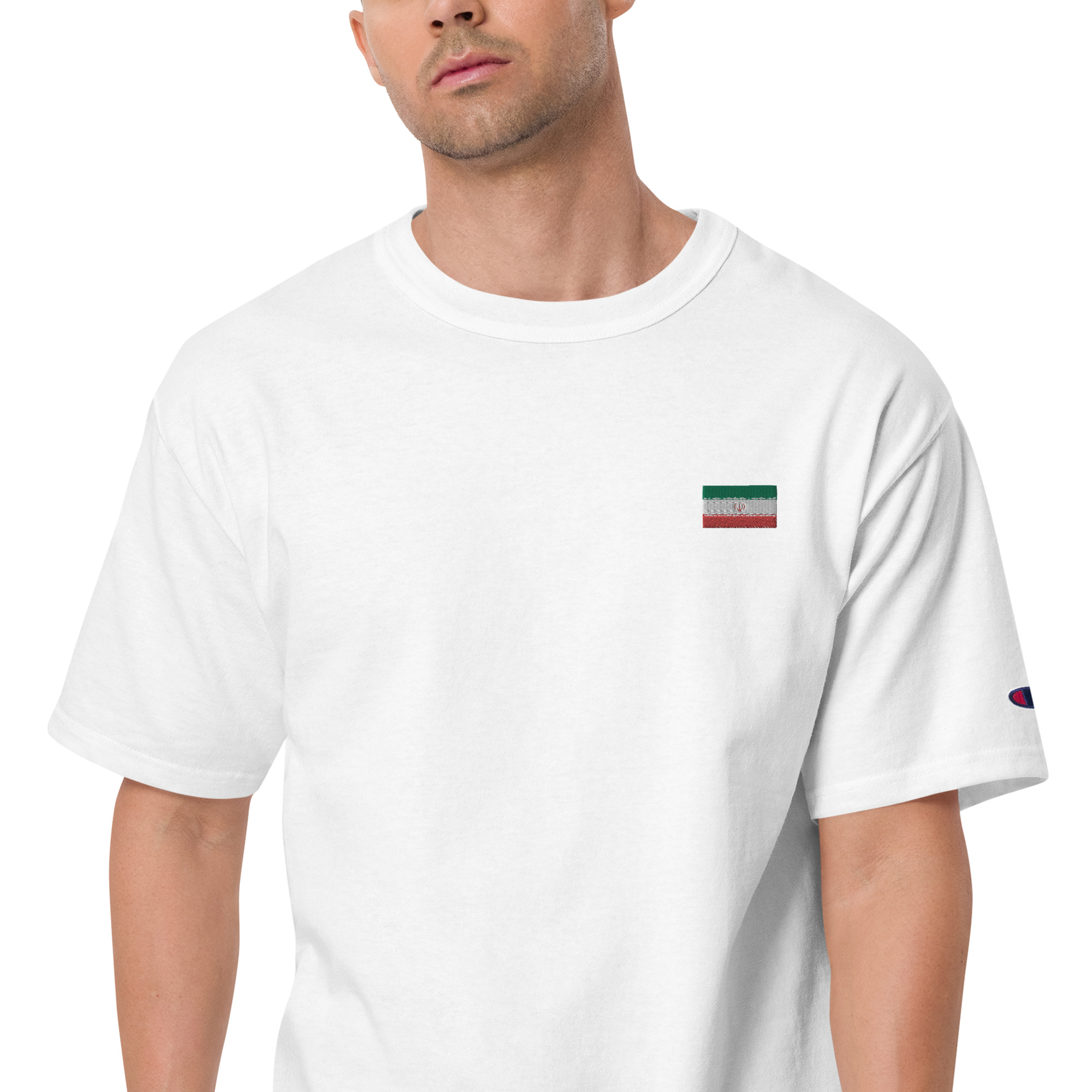
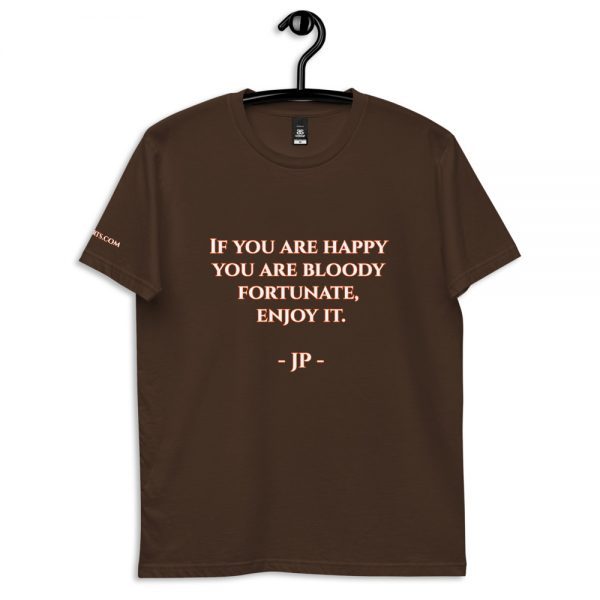
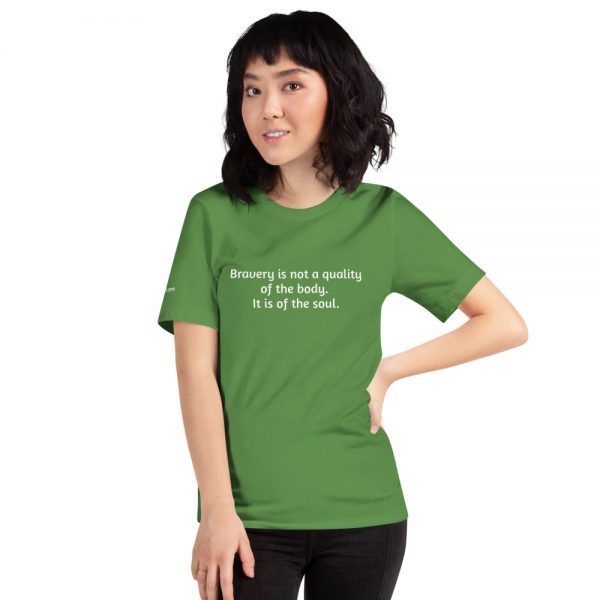
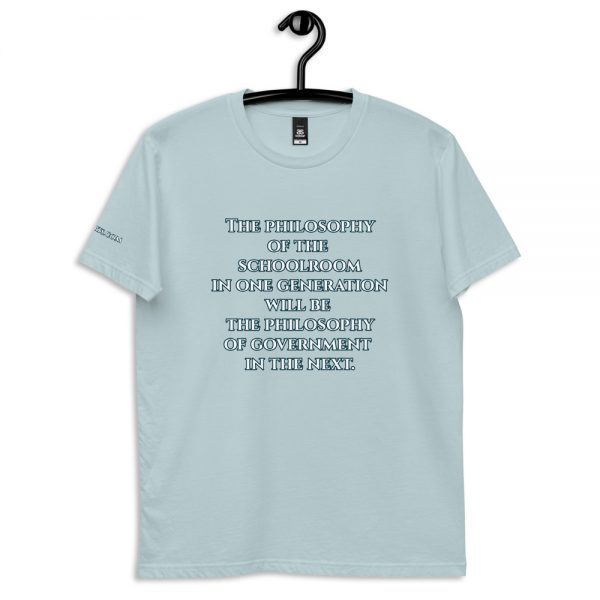
Reviews
There are no reviews yet.